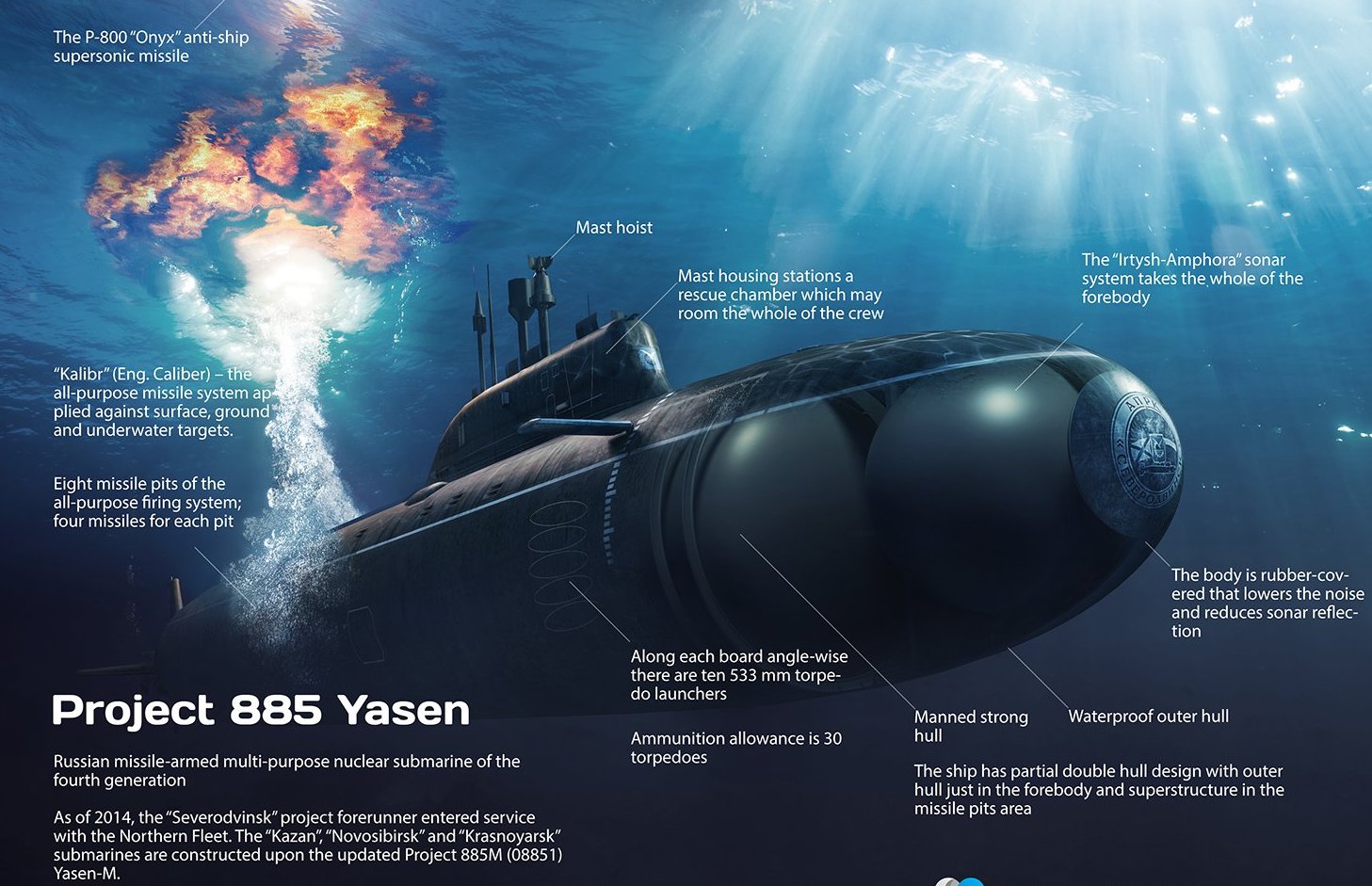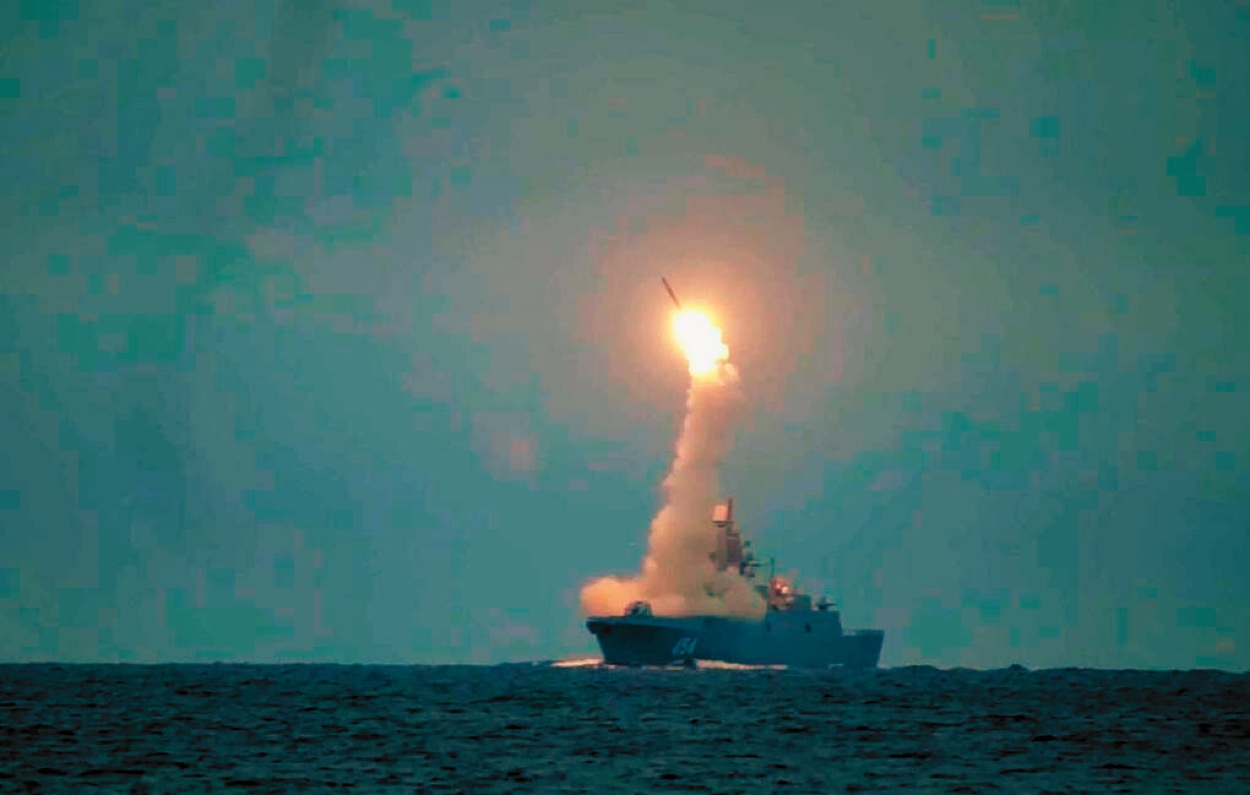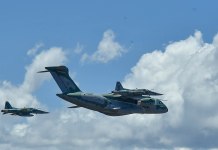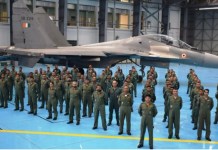After a massive hike in the defense budget, the Russian government has added three extra Yasen-class submarines to the nine previously planned. With this, the total number of Russia’s nuclear-powered attack submarines of the Yasen class is slated to reach 12.
Shahed-136 To Shahed-238: Iran’s Notorious Kamikaze Drone Is Now Powered By A Jet Engine?
Citing a source close to the Russian Navy, Russia’s TASS News Agency reported that the number of nuclear submarines of the Yasen family of projects 885, 885M, and 885 MA will be increased to 12. The publication, however, stopped short of giving more specific details about the construction of these submarines and their potential deployment or upgrades.
The source reportedly told the publication, “Shortly, the laying of three submarines of the Yasen family is expected. Considering the submarines of this project already built and under construction, it is planned that there will be six such submarines in the Northern and Pacific fleets.”
Although a clear link between the two has not been established, the reports about additional Yasen-class submarines came after Russian lawmakers voted in Duma last week to hike the state’s defense spending. In the biggest-ever spending plan, Russia’s defense spending is expected to exceed social expenditure for the first time in modern history.
Overall spending is anticipated to amount to 37 trillion rubles, or around €380 billion, a rise of roughly 25% from 2023. According to reports, about 10.8 trillion rubles, or nearly one-third of the total, will likely be set aside for security and defense infrastructure.
Although a significant part of this hike is aimed at the ongoing Ukraine war, there is speculation that additional subs will be one of the most expensive assets the money will go into.
Out of the twelve Yasen submarines, six will be stationed at Vilyuchinsk with the 10th Submarine Division of the Pacific Fleet and six at Zapadnaya Litsa with the 11th Submarine Division of the Northern Fleet, according to reports.

No formal validation of this information is available to TASS or EurAsian Times.
Three Yasen/Yasen-M class submarines — Severodvinsk, Kazan, and Novosibirsk — are currently in service with the Russian Navy. The “Krasnoyarsk” submarine, the family’s fourth, is currently undergoing the last testing phase. It is expected to be delivered to the Navy before the end of this year.
Two of the class’s submarines, the “Severodvinsk” and the “Kazan,” are currently in the Northern Fleet, while the “Novosibirsk,” a third, is in the Pacific Fleet. Whenever the Krasnoyarsk is commissioned, it will likely join the Pacific fleet.
Currently, Sevmash is building five new Yasen submarines, which should be serviced between 2024 and 2028. The “Arkhangelsk”, “Perm”, “Ulyanovsk”, “Voronezh”, and “Vladivostok” are these. There is no information on the three additional Yasen-class subs made available by the Russian Navy or the Russian Ministry of Defense (MoD).
If the reports about Russia constructing three additional Yasen-class submarines are true, it may come as extra pressure on the United States, which has already expressed concern over the submarines popping up near its shores.
Russia’s Yasen Sub Threatens The US & Its Allies
Today, the Russian Navy is one of the biggest in the world, with an estimated 58 vessels, according to the Nuclear Threat Initiative. The nuclear-powered cruise missile submarine of the Yasen-class, or Project 885M, was introduced as part of the Kremlin’s efforts to modernize its Navy instead of nuclear attack submarines from the Soviet era.
While Russia’s surface fleet is in disarray, its Yasen-class submarines are still regarded as some of the greatest in the world. The Yasen-class submarine, in conjunction with the Russian Navy’s Borei-class ballistic missile submarines, is believed to be essential to Russia’s defensive and deterrence strategies.
In the words of Edward Geist of the US-based RAND Corporation, Yasen-class submarines are “the crown jewel of the contemporary Russian Navy and perhaps the pinnacle of present-day Russian military technology.”
Earlier this year, when probed about the threat of Chinese and Russian cruise missile submarines operating close to the US mainland, the US NORTHCOM commander Gen. Glen VanHerc said Russia has been deploying its Yasen-class nuclear cruise missile attack submarines more frequently in recent years.
“[The risk is] absolutely increasing. Within the last year, Russia has also placed their [Yasens] in the Pacific,” he said. “Now, not only the Atlantic, but we also have them in the Pacific, and it’s just a matter of time – probably a year or two – before that’s a persistent threat, 24 hours a day. That impact has reduced decision space for a senior national leader during a crisis.”

A month before VanHerck’s comments, OSINT and naval analyst HI Sutton claimed that Russian Navy forces had been bolstered in the Mediterranean. This could be significant given the region’s strategic importance in the US calculations. Further, the US has been attempting to reinforce its presence in the Mediterranean.
The 13,800-ton Yasen-class submarine was designed by the Malakhit Marine Engineering Bureau and built by Sevmash Shipyard in Severodvinsk. Another upgraded version, the Yasen-M, has a quieter nuclear reactor, additional sensors, and new quieting technology.
Rear Adm. Michael Studeman, the Office of Naval Intelligence commander, highlighted the risk posed by Russia’s Severodvinsk SSGNs, or the Yasen-class as it is popularly known. Studeman said, “Those subs are “very, very advanced,” have “multi-mission capabilities” and are increasingly active.
The Yasen-class submarines could kill enemy ballistic missile submarines and attack other submarines and ships. They were built to target carrier battle groups and could quickly strike ports and naval installations.
To strike the enemy carriers, the Yasen class submarines carry the (3M55) Onik missiles with a range of 320 nautical miles (or 592.64 kilometers). On the other hand, the submarines used for land attacks carry the 1,600 nautical mile (3963.2 km) range (3M14K) of Kalibr missiles. Land-attack missions can also be carried out with the Oniks.

There are eight ΡМ-346 complex (3-14B) vertical launch tubes for Onik and Kalibr cruise missiles on Yasen-class submarines. The system can use the submarine’s surface and underwater positions to launch missiles. In addition to this, the sub will also likely be equipped with hypersonic missiles.
United Shipbuilding Corporation (USC) general director Alexei Rakhmanov had earlier said that Zircon hypersonic missiles will be installed on nuclear-powered submarines of the Yasen class under the 885 (M) project, with preparations already underway.
With its lethal missiles and cutting-edge capabilities, the deployment of these submarines in the Atlantic and the Pacific poses a threat to the security of the United States and its allies in Europe.
For instance, Norway previously published a video showing a Yasen submarine operating near a network of undersea pipelines, bringing enormous amounts of natural gas to Europe and telecommunication cables connecting Europe and America.
The addition of three more submarines to the Russian arsenal may, thus, not be the best news for these countries in the West, especially as tensions continue to rise in the wake of the protracted war being fought in Ukraine.
- Contact the author at sakshi.tiwari9555 (at) gmail.com
- Follow EurAsian Times on Google News




